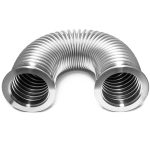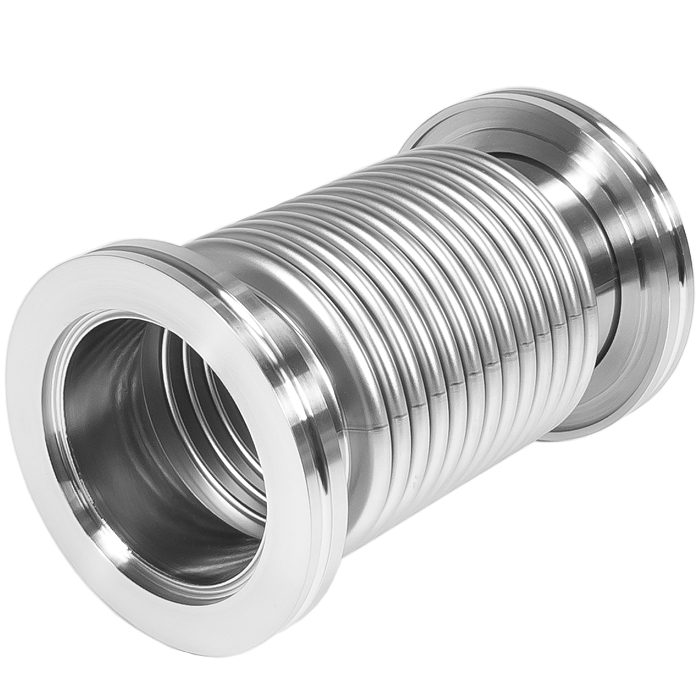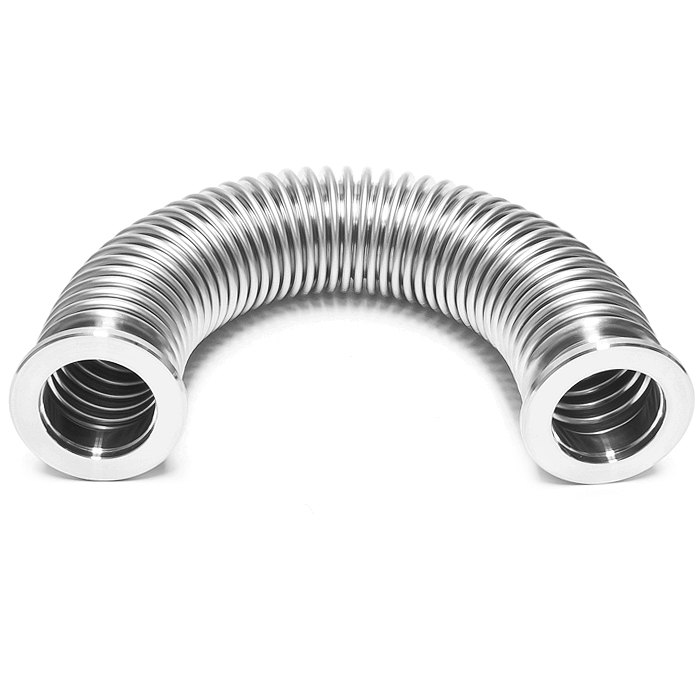
Things to Be Aware of When Selecting a Vacuum Pump
- The working pressure of the vacuum pump should meet the requirements of the ultimate vacuum and working pressure of the vacuum equipment.
For example, the vacuum coating requires a vacuum degree of 1 × 10-5mmHg, and the vacuum degree of the selected vacuum pump should be at least 5 × 10-6mmHg. Generally, the vacuum degree of the selected pump is half to one order of magnitude higher than that of the vacuum equipment.
- Correctly select the working point of the vacuum pump.
Each pump has a certain working pressure range. For example, the diffusion pump is 10-3 ~ 10-7mmHg. In such a wide pressure range, the pumping speed of the pump varies with the pressure, and its stable working pressure range is 5 × 10. -4 ~ 5 × 10-6mmHg. Therefore, the working point of the pump should be selected within this range, and it should not be allowed to work under 10-8mmHg for a long time. Another example is that the titanium sublimation pump can work under 10-2mmHg, but its working pressure should be less than 1 × 10-5mmHg.
- Under the working pressure of the vacuum pump, it should be able to remove all the gas generated during the vacuum equipment process.
- Correctly combine the vacuum pump.
Due to the selective pumping of the vacuum pump, sometimes a pump cannot meet the pumping requirements, and several pumps need to be combined to complement each other to meet the pumping requirements. For example, the titanium sublimation pump has a high pumping speed for hydrogen, but cannot pump helium, while a tripolar sputtering ion pump (or a bipolar asymmetric cathode sputtering ion pump) has a certain pumping speed for argon, both Combined, the vacuum device will get better vacuum. In addition, some vacuum pumps cannot work at atmospheric pressure and require pre-vacuum; some vacuum pumps have outlet pressures lower than atmospheric pressure and require foreline pumps, so they need to be used in combination.
- Vacuum equipment requirements for oil pollution.
If the equipment strictly requires no oil, you should choose various oil-free pumps, such as: water ring pumps, molecular sieve adsorption pumps, sputtering ion pumps, cryogenic pumps, etc. If the requirements are not strict, you can choose to have an oil pump, plus some oil pollution prevention measures, such as adding cold traps, baffles, oil traps, etc., can also meet the requirements of clean vacuum.
- Understand the composition of the gas being pumped.
Tritium gas contains no condensable vapor, whether there is particulate dust, and whether it is corrosive. When selecting a vacuum pump, you need to know the gas composition and select the appropriate pump for the gas being pumped. If the gas contains vapor, particles, and corrosive gases, you should consider installing auxiliary equipment such as condensers and dust collectors on the pump’s inlet pipe.
- The impact of oil vapor from the vacuum pump on the environment.
If the environment does not allow pollution, you can choose an oil-free vacuum pump, or exhaust oil vapor to the outside.
- Does the vibration produced by the vacuum pump affect the process and the environment?
If the process is not allowed, choose a vibration-free pump or take anti-vibration measures.
- the price of vacuum pumps, operation and maintenance costs. Under the circumstances of permission, vacuum pumps with good quality should be selected as cheaply as possible.






